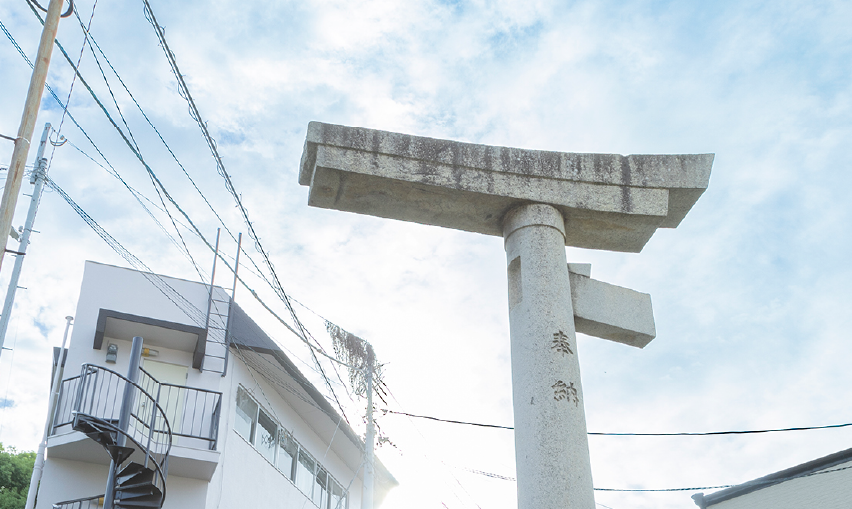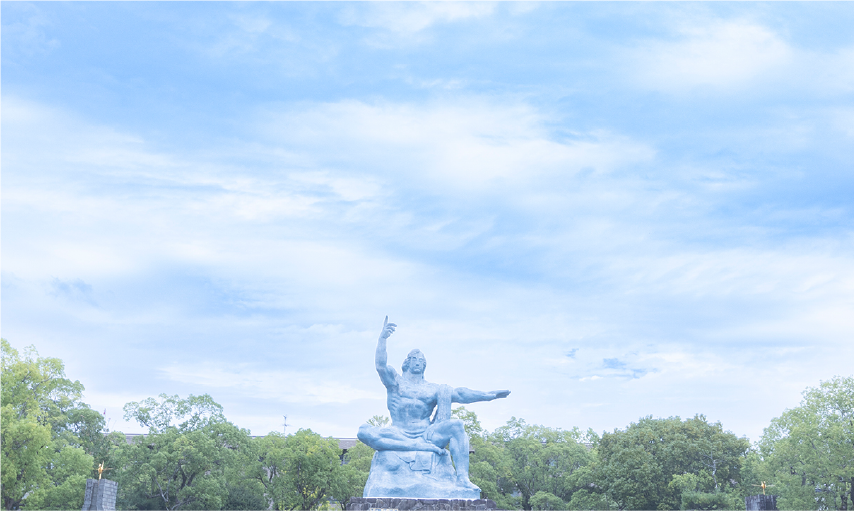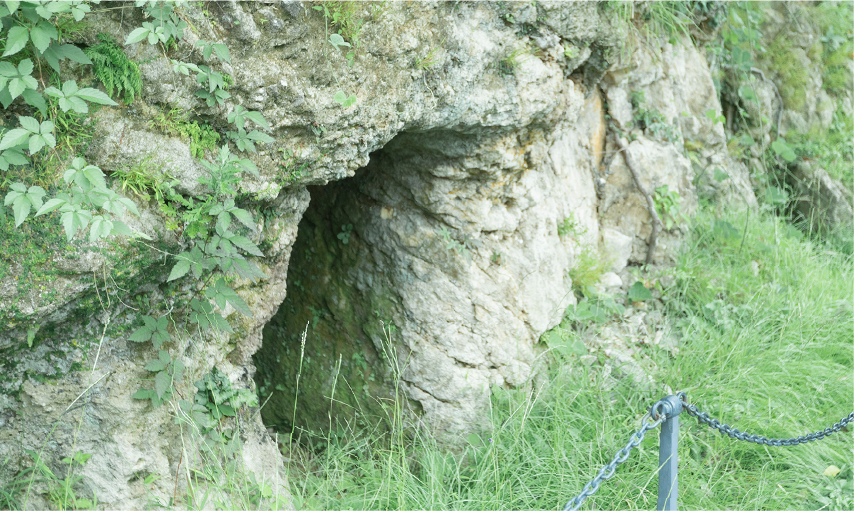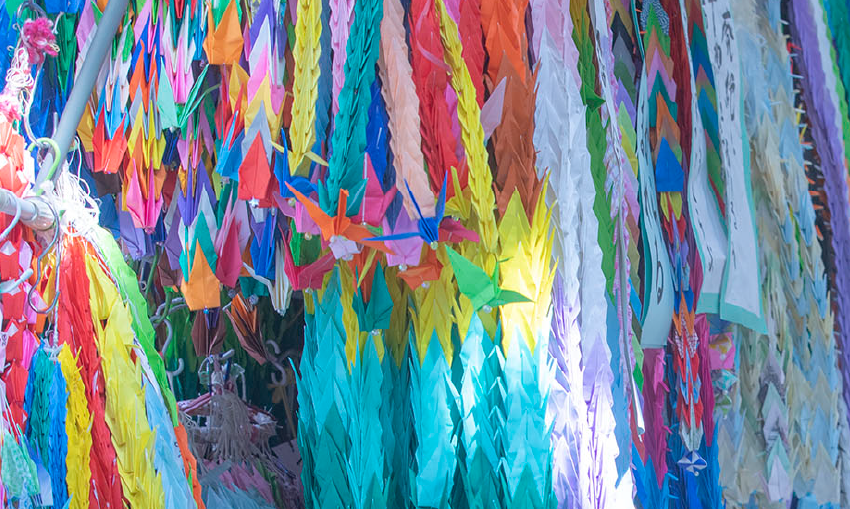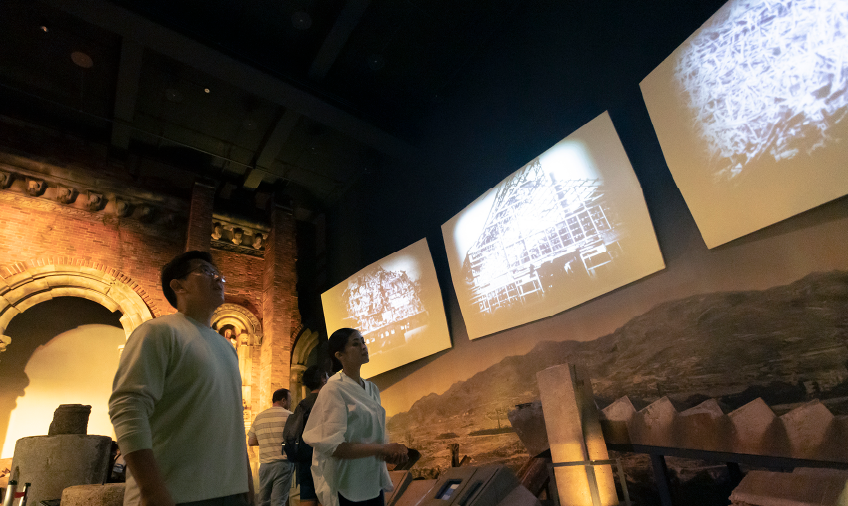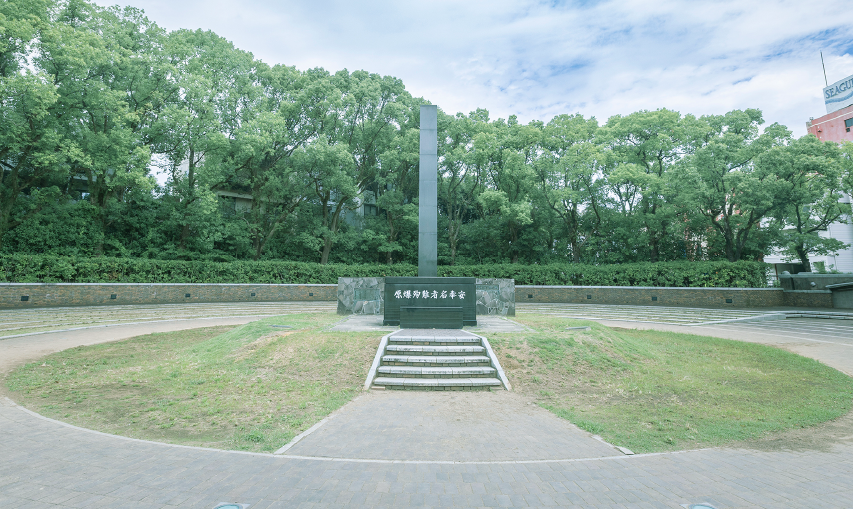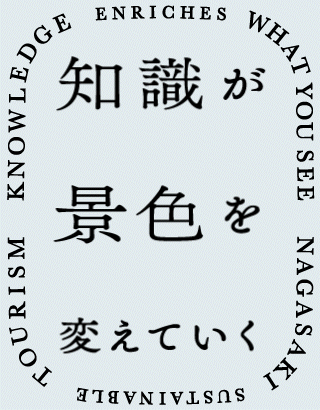



If we continue to sow the seeds of peace,
flowers will surely bloom somewhere, someday.

We visit the area around the epicentre
to understand the horrific consequences
of the atomic bomb dropped in 1945,
the events that led to its use, the devastation it caused,
the suffering of the people,
the city’s subsequent recovery,
and the significance of preserving and sharing these stories.

Nuclear weapons continue to exist around the world to this day.
The development of heavy industry fuelled by coal eventually led to a focus on producing weapons for war. Nagasaki City was home to many shipbuilding and munitions factories where warships and weapons were manufactured, making it a candidate for an atomic bomb target. On August 9, 1945, at 11:02 a.m., an atomic bomb exploded 500 metres above Matsuyama-cho, the present site of the Hypocenter Park. The bombing resulted in nearly 150,000 casualties.
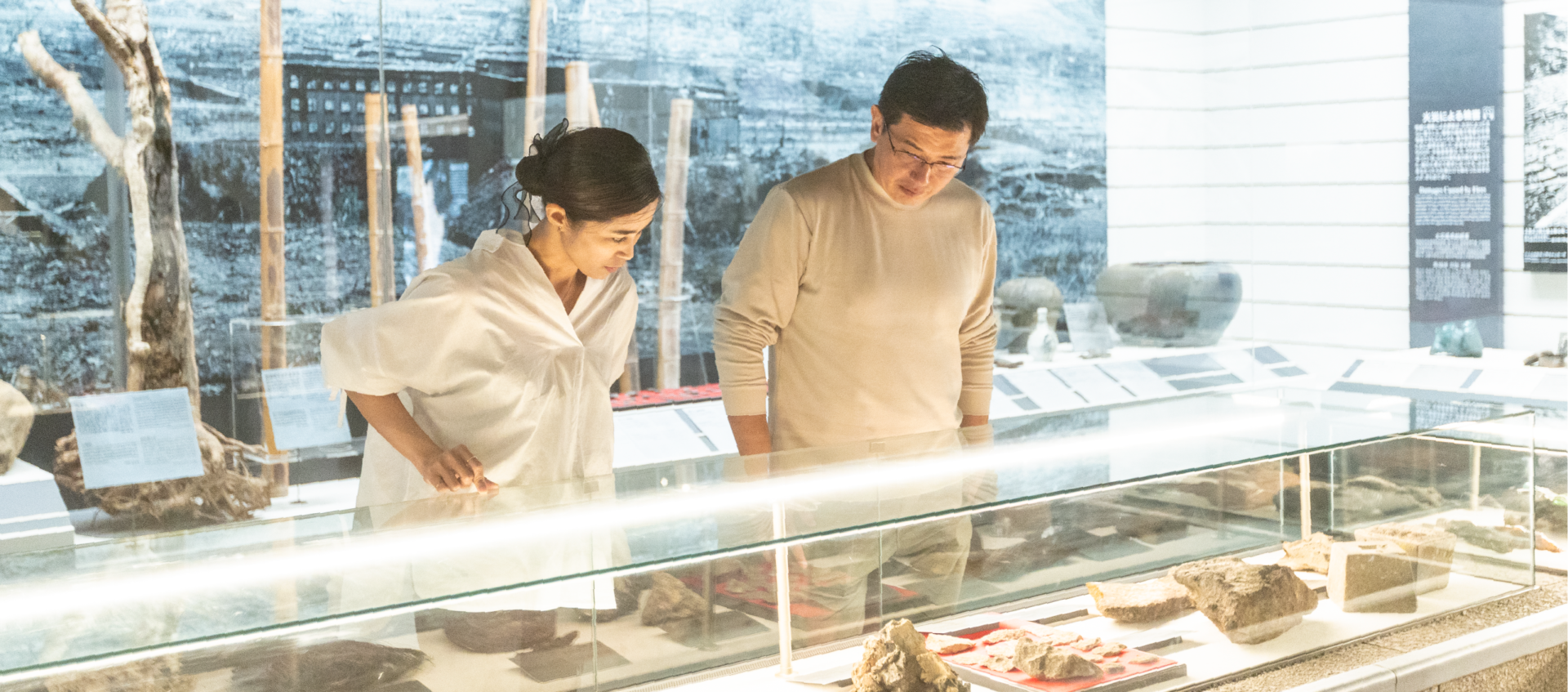 through the experience of the atomic bombing.” class=”a-fadein”>
through the experience of the atomic bombing.” class=”a-fadein”>
Exhibits that convey the desire for peace from various perspectives
through the experience of the atomic bombing.
Through their personal experiences, they highlight the fact that the victims of war are not only the soldiers on the front lines but also the ordinary civilians. The stark reality of struggling to survive in the aftermath of the war, when food was scarce, serves as a poignant reminder of the value of peace. Even though they were children at the time, their vivid memories that remain to this day stand as testament to the profound and lasting impact the atomic bombing and the horrors of war had on the hearts and minds of the people.
As the survivors of the atomic bombing age, opportunities to hear firsthand accounts of their experiences are becoming increasingly rare. This initiative aims to support activities such as archiving these testimonies through video recordings, ensuring that the stories of the survivors are preserved and passed down to future generations.

Participants describe being overwhelmed by a flood of indescribable emotions.
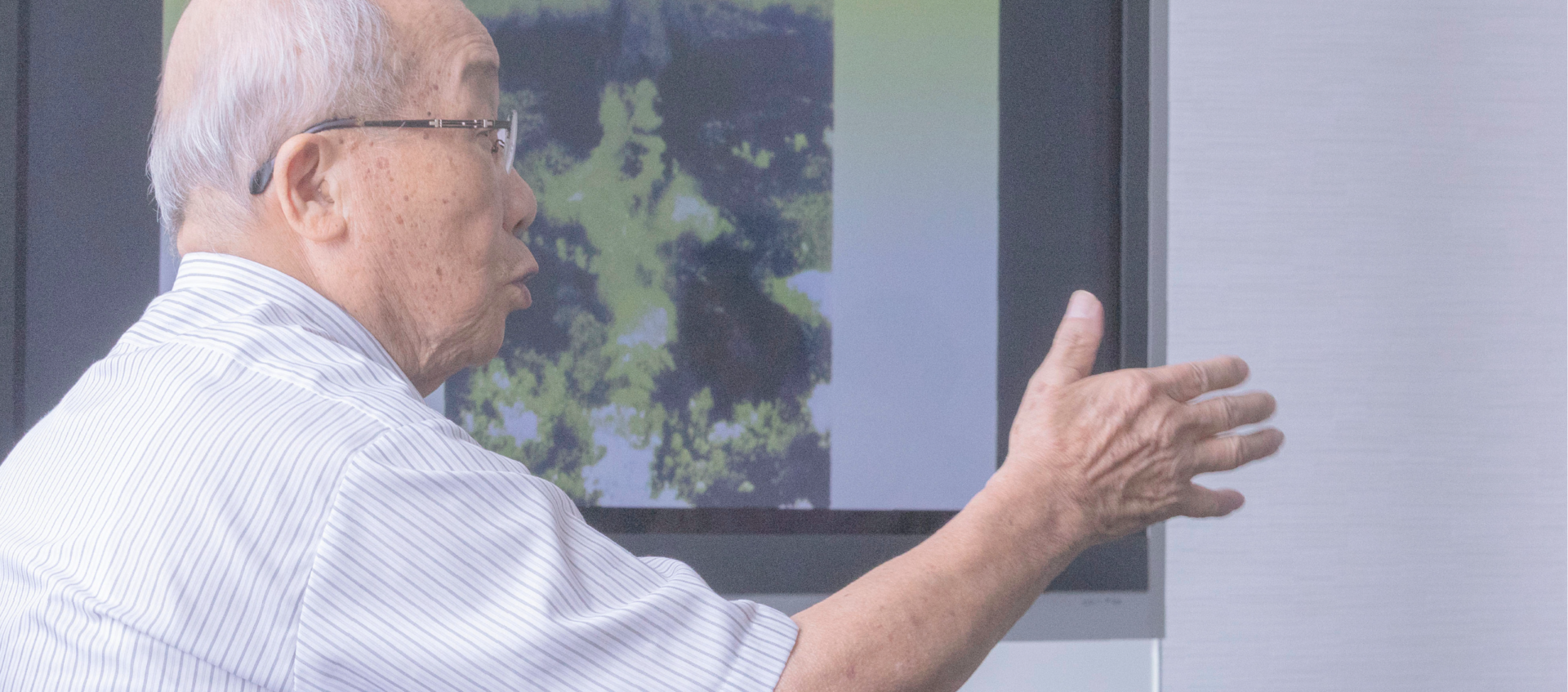 While showing slides, they share stories of their experiences from that time.” class=”a-fadein”>
While showing slides, they share stories of their experiences from that time.” class=”a-fadein”>
The sorrow of losing family and relatives never fades.
While showing slides, they share stories of their experiences from that time.
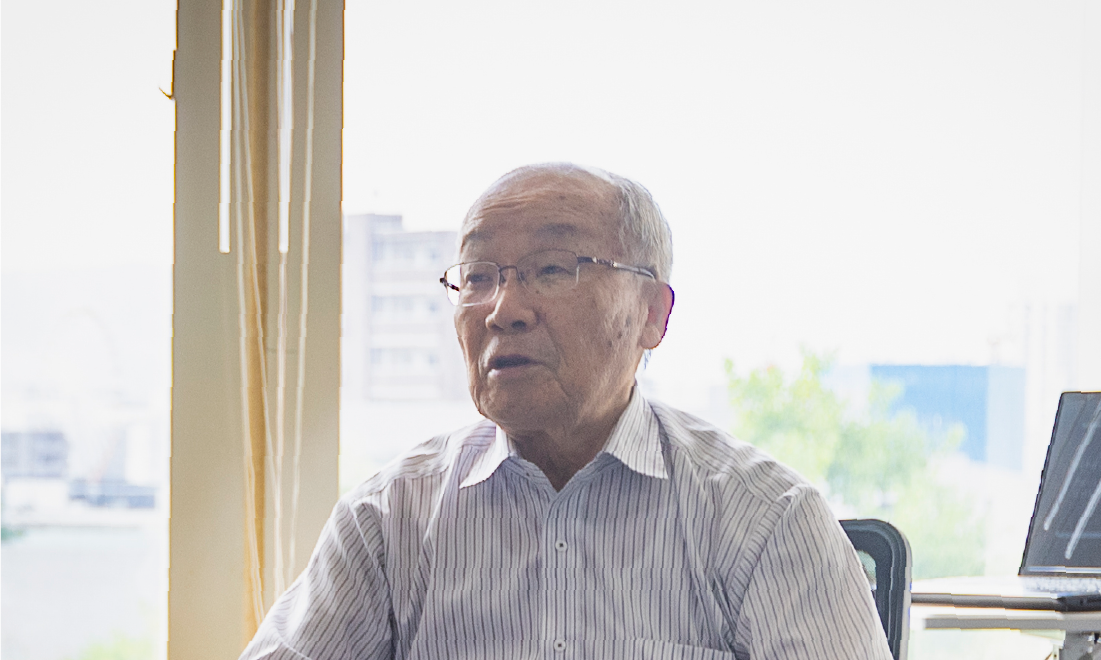
Over 80 years have passed since the atomic bombing, and the average age of survivors is now over 85. Aware that the time left to share their stories is uncertain, they continue to convey the importance of peace. They hold onto the belief that if seeds are sown, flowers will one day bloom somewhere.
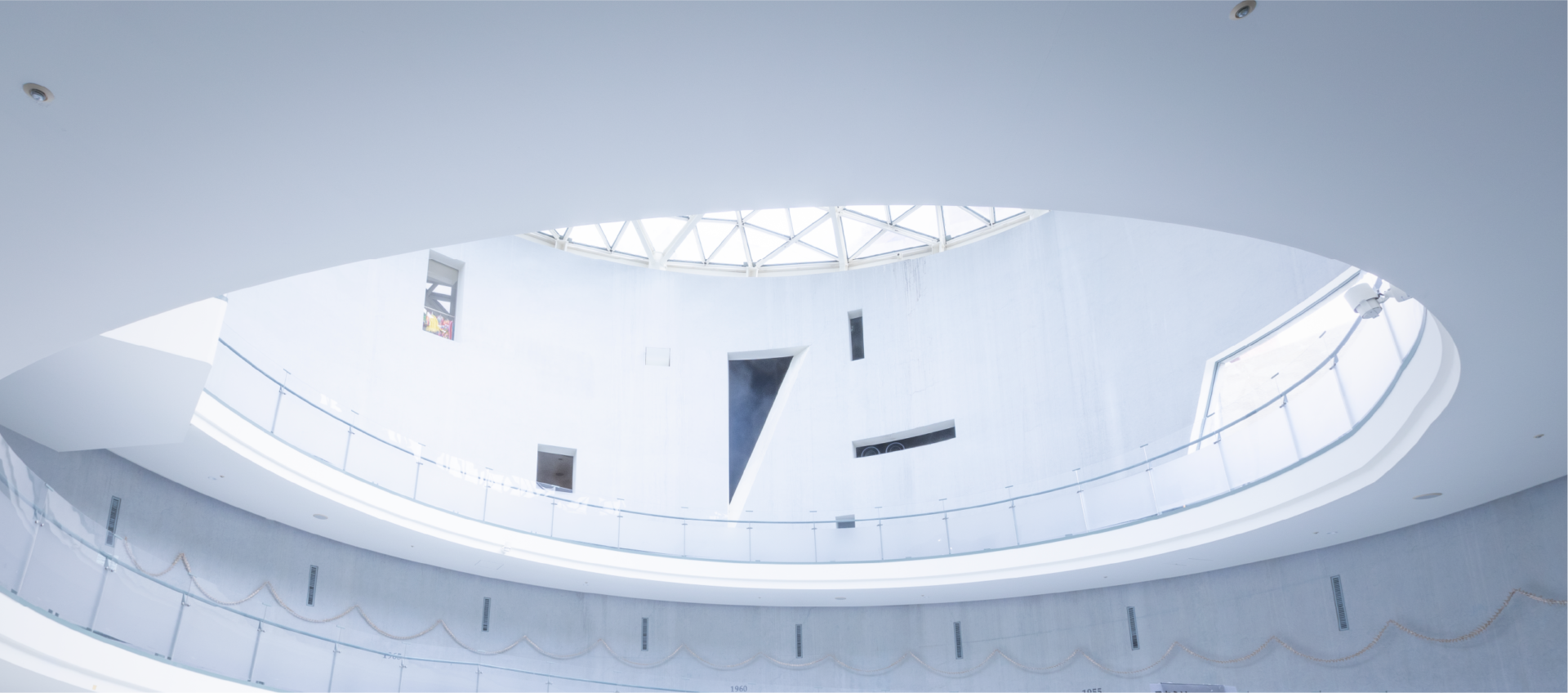
From the entrance, a spiralling passageway leads you down into the underground. Inside the dimly lit exhibition room, reconstructed side walls of the bombed Urakami Cathedral and twisted iron structures come into view. Artifacts melted by intense heat, charred clothing, and other items silently recount the events of that day. Alongside exhibits detailing the effects on the human body and the history of nuclear weapons development, these displays evoke a profound resolve to ensure that such tragedies are never repeated.
These are the words of a Japanese high school peace ambassador. By sharing first-hand accounts of the atomic bomb and posing the question, ‘What is peace?’ they remind us of the importance of reflecting on peace. Being able to sleep soundly at night without waking to air raid sirens, feeling safe to study and play sports at school every day… Peace is about living an ordinary life without fear. It is the universal aspiration of humanity.
Near the one-pillar torii gate, at Sanno Shrine, there is a hibaku kusu (an a-bombed camphor tree), which, despite being exposed to the atomic bombing, has grown back and thrived once again.
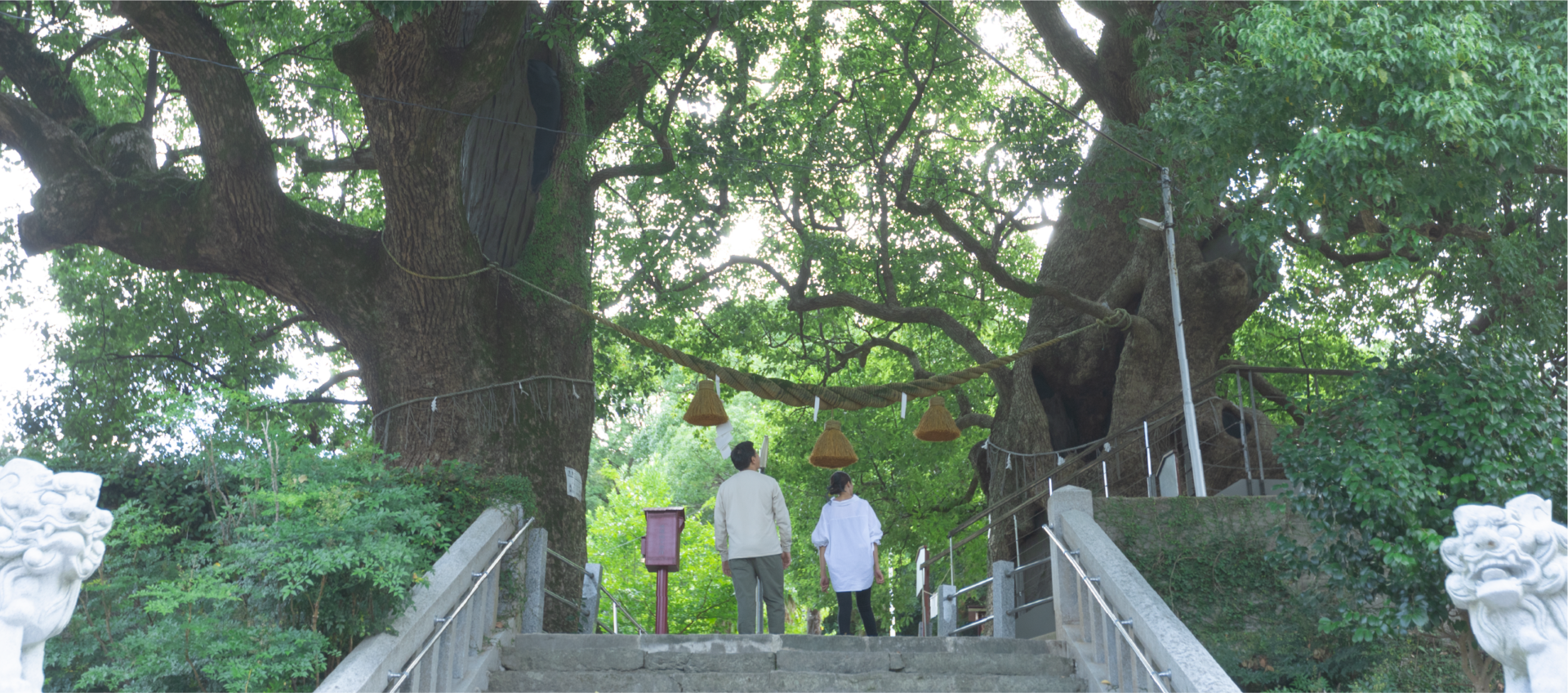
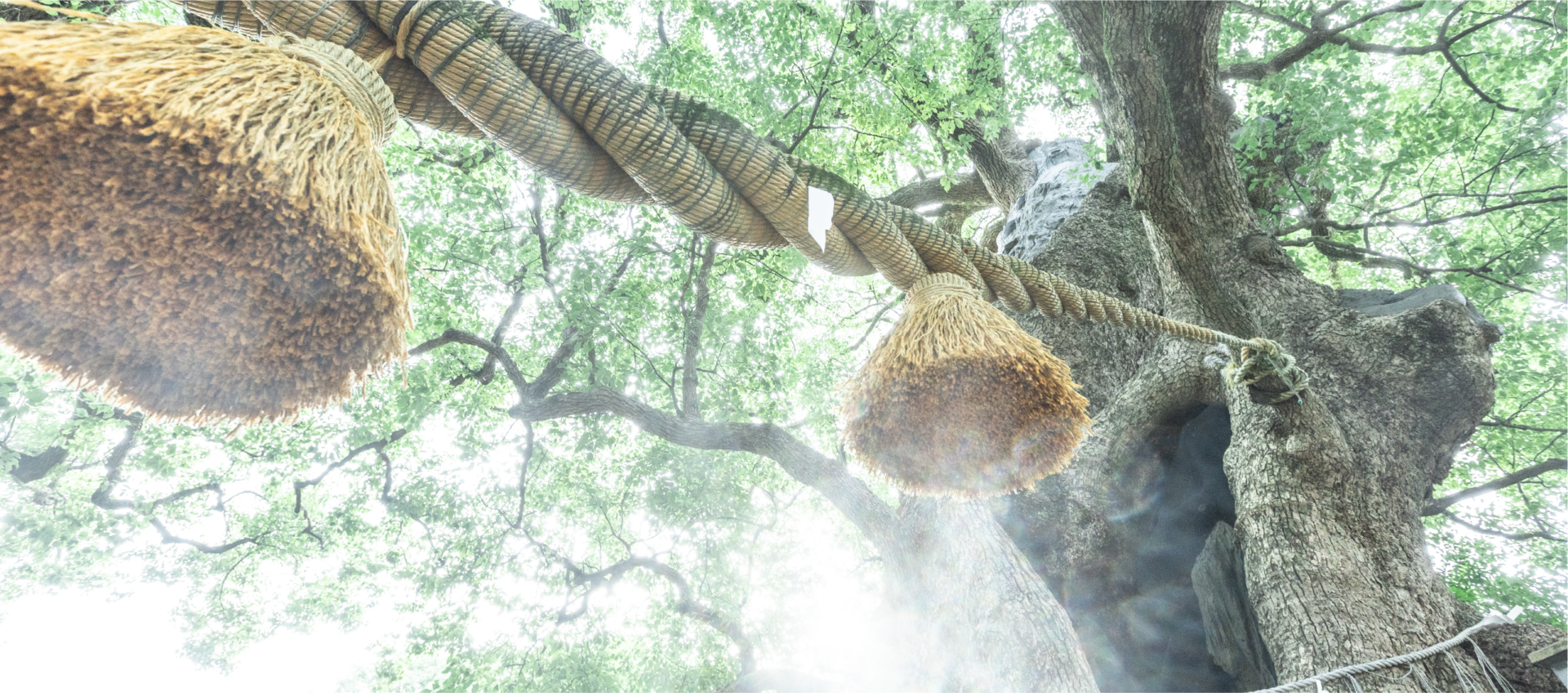
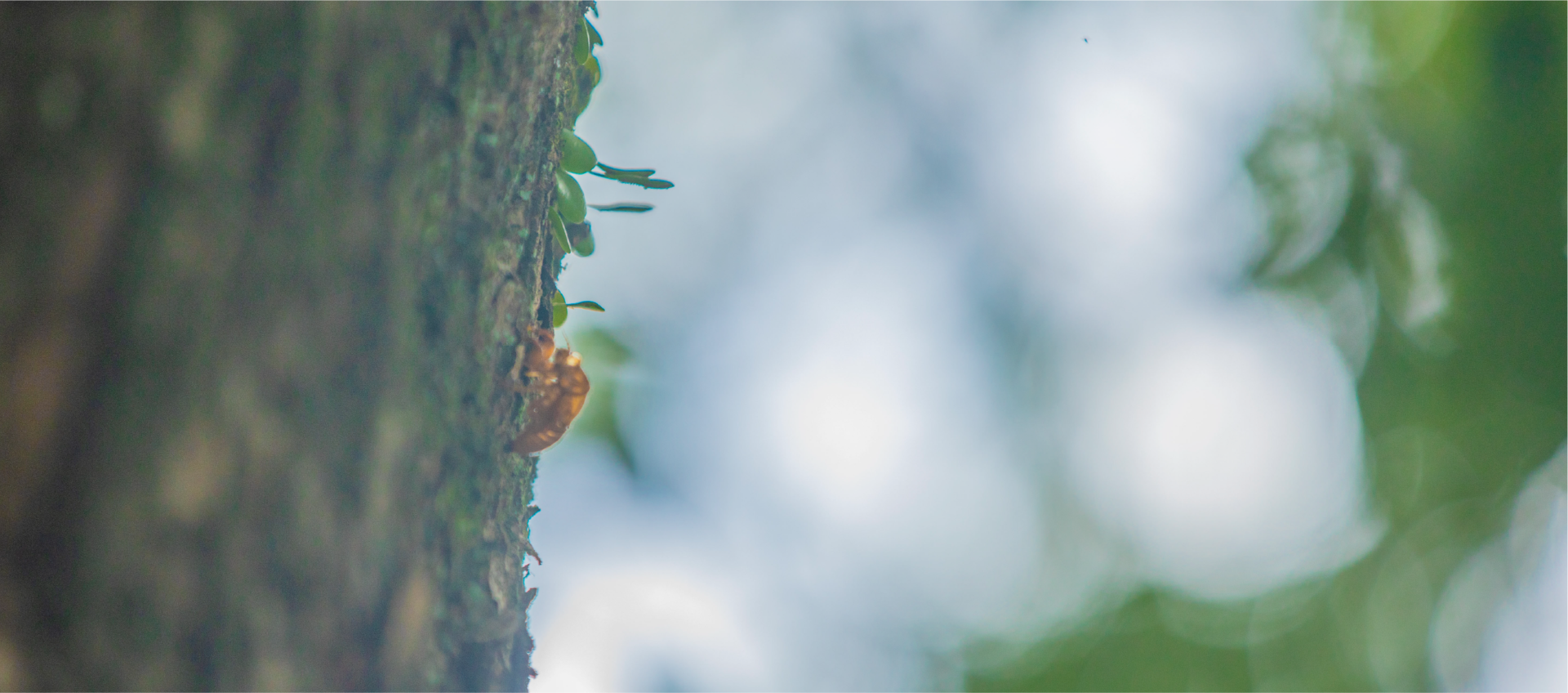
Nagasaki Atomic Bomb Museum
Address: 7-8 Hirano-machi, Nagasaki City
Opening Hours: 8:30 a.m. to 5:30 p.m.
Parking: Available
Epicentre Park (Ground Zero Park)
Location: 5 Matsuyama-cho, Nagasaki City
Parking: None
Peace Park
Location: 9 Matsuyama-cho, Nagasaki City
Parking: Available
Sanno Shrine
Address: 2-6-56 Sakamoto-machi, Nagasaki City
Parking: None
